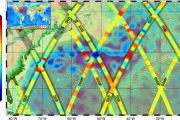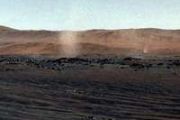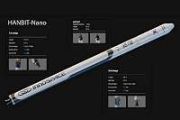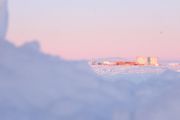
Copernical Team
AFRL conducts 1,300 experiments on record-breaking satellite
 The Air Force Research Laboratory is celebrating the completion of the Demonstration and Science Experiments (DSX) satellite mission, and processing a treasure trove of valuable data that will be studied by scientists for many years to come.
The spacecraft was launched June 25, 2019 from Cape Canaveral Space Force Station after 16 years of development, integration, and testing.
"Most
The Air Force Research Laboratory is celebrating the completion of the Demonstration and Science Experiments (DSX) satellite mission, and processing a treasure trove of valuable data that will be studied by scientists for many years to come.
The spacecraft was launched June 25, 2019 from Cape Canaveral Space Force Station after 16 years of development, integration, and testing.
"Most Roscosmos says US greenlit import of Russia's RD-181M rocket engines
 The United States has approved the purchase of a new batch of the Russian-made RD-181M space rocket engines, a spokesman for the Russian space agency Roscosmos, Vladimir Ustimenko, said on Tuesday.
"The US government has approved the contract between NPO Energomash [Roscosmos subsidiary] and US Orbital Sciences LLC company. This means that there will be new supplies of engines and new laun
The United States has approved the purchase of a new batch of the Russian-made RD-181M space rocket engines, a spokesman for the Russian space agency Roscosmos, Vladimir Ustimenko, said on Tuesday.
"The US government has approved the contract between NPO Energomash [Roscosmos subsidiary] and US Orbital Sciences LLC company. This means that there will be new supplies of engines and new laun Perseverance rover begins hunt for signs of Martian life
 NASA's Mars 2020 Perseverance rover has begun its search for signs of ancient life on the Red Planet. Flexing its 7-foot (2-meter) mechanical arm, the rover is testing the sensitive detectors it carries, capturing their first science readings. Along with analyzing rocks using X-rays and ultraviolet light, the six-wheeled scientist will zoom in for closeups of tiny segments of rock surfaces that
NASA's Mars 2020 Perseverance rover has begun its search for signs of ancient life on the Red Planet. Flexing its 7-foot (2-meter) mechanical arm, the rover is testing the sensitive detectors it carries, capturing their first science readings. Along with analyzing rocks using X-rays and ultraviolet light, the six-wheeled scientist will zoom in for closeups of tiny segments of rock surfaces that SuperBIT: A low-cost, balloon-borne telescope to rival Hubble
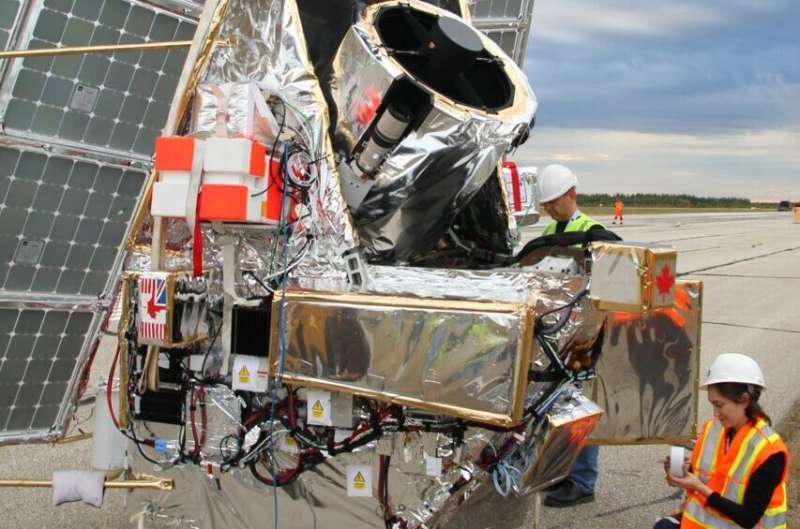
Durham, Toronto and Princeton Universities have teamed up with NASA and the Canadian Space Agency to build a new kind of astronomical telescope. SuperBIT flies above 99.5% of the Earth's atmosphere, carried by a helium balloon the size of a football stadium. The telescope will make its operational debut next April and when deployed should obtain high-resolution images rivaling those of the Hubble Space Telescope. Mohamed Shaaban, a Ph.D. student at the University of Toronto, will describe SuperBIT in his talk today (Wednesday 21 July) at the online RAS National Astronomy Meeting (NAM 2021).
Light from a distant galaxy can travel for billions of years to reach our telescopes. In the final fraction of a second, the light has to pass through the Earth's swirling, turbulent atmosphere. Our view of the universe becomes blurred.
New method predicts 'stealth' solar storms before they wreak geomagnetic havoc on Earth

Exoplanet discovery tool begins its mission
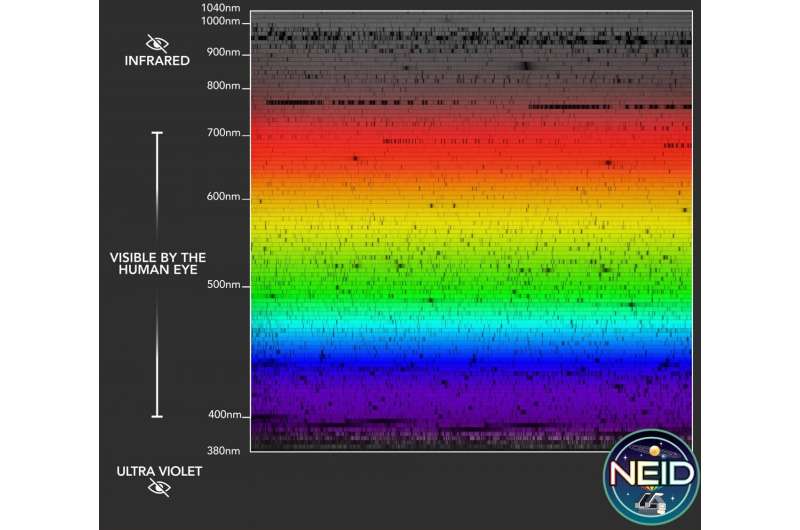
Bezos says 'awestruck' by Earth's beauty as seen from space
 Jeff Bezos said the "most profound" aspect of his brief journey to space was the spectacular view he saw of Earth, which left him amazed by its beauty and fragility.
"Every astronaut who's been up into space, they say that it changes them ... they look at it and they're kind of amazed and awestruck by the Earth and its beauty, but also by its fragility, and I can vouch for that," he told rep
Jeff Bezos said the "most profound" aspect of his brief journey to space was the spectacular view he saw of Earth, which left him amazed by its beauty and fragility.
"Every astronaut who's been up into space, they say that it changes them ... they look at it and they're kind of amazed and awestruck by the Earth and its beauty, but also by its fragility, and I can vouch for that," he told rep After conquering Earth, Bezos completes new mission in space
 Jeff Bezos fulfilled his longtime dream of going into space Tuesday and potentially opening a door to space tourism - possibly the next mission for the man who built one of Earth's biggest business empires.
The Amazon founder spent a few minutes in space on reusable rocket built by his firm Blue Origin as part of a four-member crew, in a small step toward his stated goal of building floatin
Jeff Bezos fulfilled his longtime dream of going into space Tuesday and potentially opening a door to space tourism - possibly the next mission for the man who built one of Earth's biggest business empires.
The Amazon founder spent a few minutes in space on reusable rocket built by his firm Blue Origin as part of a four-member crew, in a small step toward his stated goal of building floatin Hubble returns to full science observations and releases new images
![These images, from a program led by Julianne Dalcanton of the University of Washington in Seattle, demonstrate Hubble's return to full science operations. [Left] ARP-MADORE2115-273 is a rarely observed example of a pair of interacting galaxies in the southern hemisphere. [Right] ARP-MADORE0002-503 is a large spiral galaxy with unusual, extended spiral arms. While most disk galaxies have an even number of spiral arms, this one has three. Credit: Science: NASA, ESA, STScI, Julianne Dalcanton (UW) Image processing: Alyssa Pagan (STScI) Hubble returns to full science observations and releases new images](https://scx1.b-cdn.net/csz/news/800a/2021/hubble-returns-to-full.jpg)
World's richest man Jeff Bezos blasts into space

The wealthiest man on the planet Jeff Bezos spent a few minutes in space Tuesday on Blue Origin's first human mission, a key moment for a fledgling industry seeking to make the final frontier accessible to elite tourists.
"A very happy group of people in this capsule," said Bezos after the spaceship touched down in the west Texas desert following an 10-minute hop to the Karman line and back.
The four-member crew exchanged high-fives and hugged family who came to meet them at the landing site.
Earlier, the New Shepard capsule reached at an altitude of 66.5 miles (107 kilometers), allowing the passengers to experience weightlessness while admiring the curve of the Earth.
"It's dark up here," said barrier-breaking female aviator Wally Funk, who joined Bezos, his brother and 18-year-old Dutchman Oliver Daemen, who became the youngest ever astronaut.






